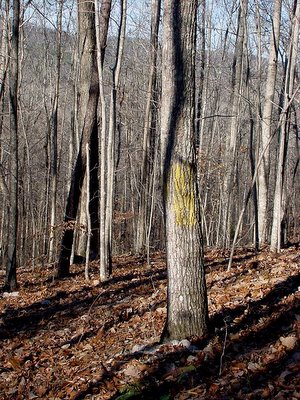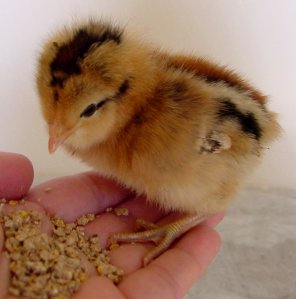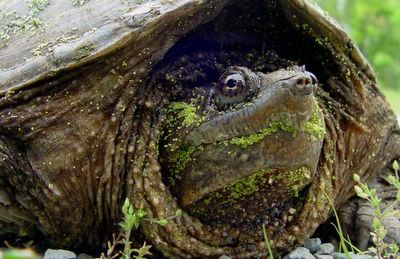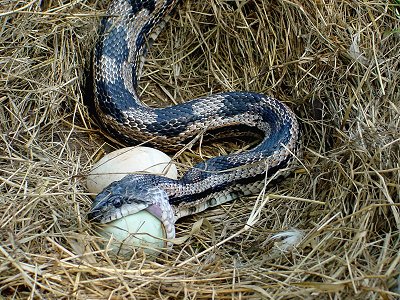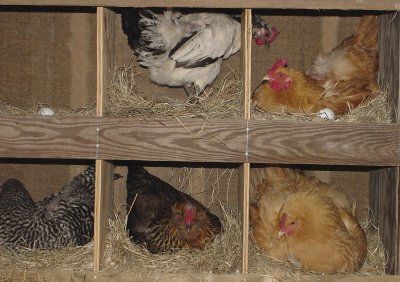You may remember me obsessing lately about the game camera that we got for Christmas (
here,
here, and
here.)
Last weekend we moved the camera to a diffent spot. I checked it two mornings in a row, and found no pictures (other than the ones I can't seem to avoid triggering myself). So I decided to put some corn out, and leave it alone the rest of the week.
In the early morning hours of the 26th, a hungry coyote appeared.

At first I thought he was alone. Then I looked closely at the left side of the picture...

Those two beaming headlights are eyes!

His buddy's eyes! Actually they are probably a mated pair.

The flash didn't seem to bother him. Each of these pictures were taken two minutes apart.
Then thirty minutes later...

More coyotes! Or is it the same ones? They look a bit different to me. The one on the right seems a lighter color and heavier than the others. And the tail of the one on the left seems a slightly different color. (I'm far from an expert on coyote identification so I could be wrong though.)
About an hour and forty minutes later... I'm not sure if this is the same coyote from the last picture or not (but I think so).

Then two minutes later...

Hey! That's not nice!
I supposed she is scent-marking. Or maybe she just got tired of all those flashes going off, and decided to moon the camera.
I can't believe that all this was going on during the same night.
But the best was yet to come.

4:26 a.m. Bingo! Bobcat!
I am so glad we got this camera.
-----
Click on any of the pictures for a larger view.
Coyote,
Canis latransBobcat,
Lynx rufus
















